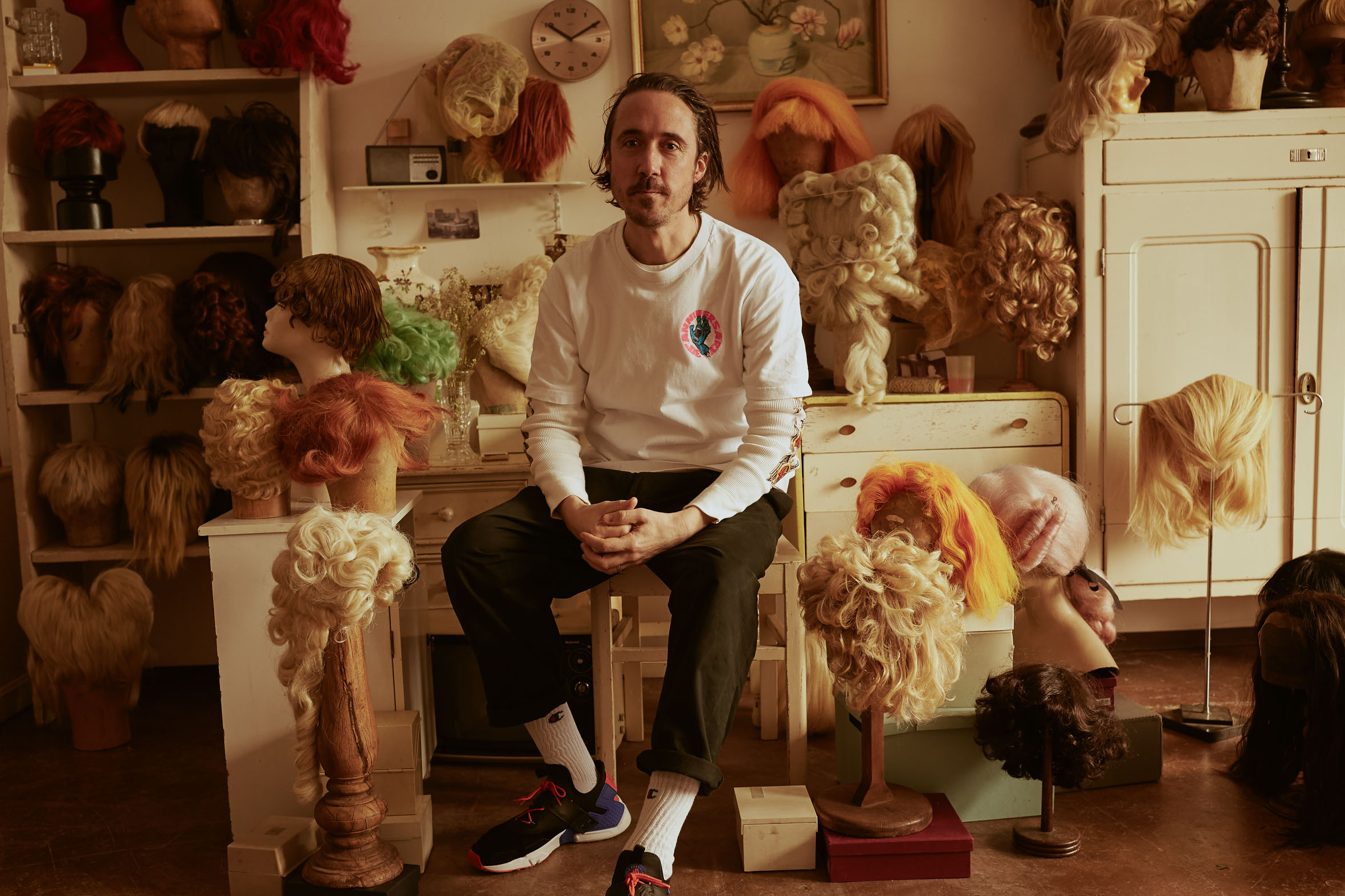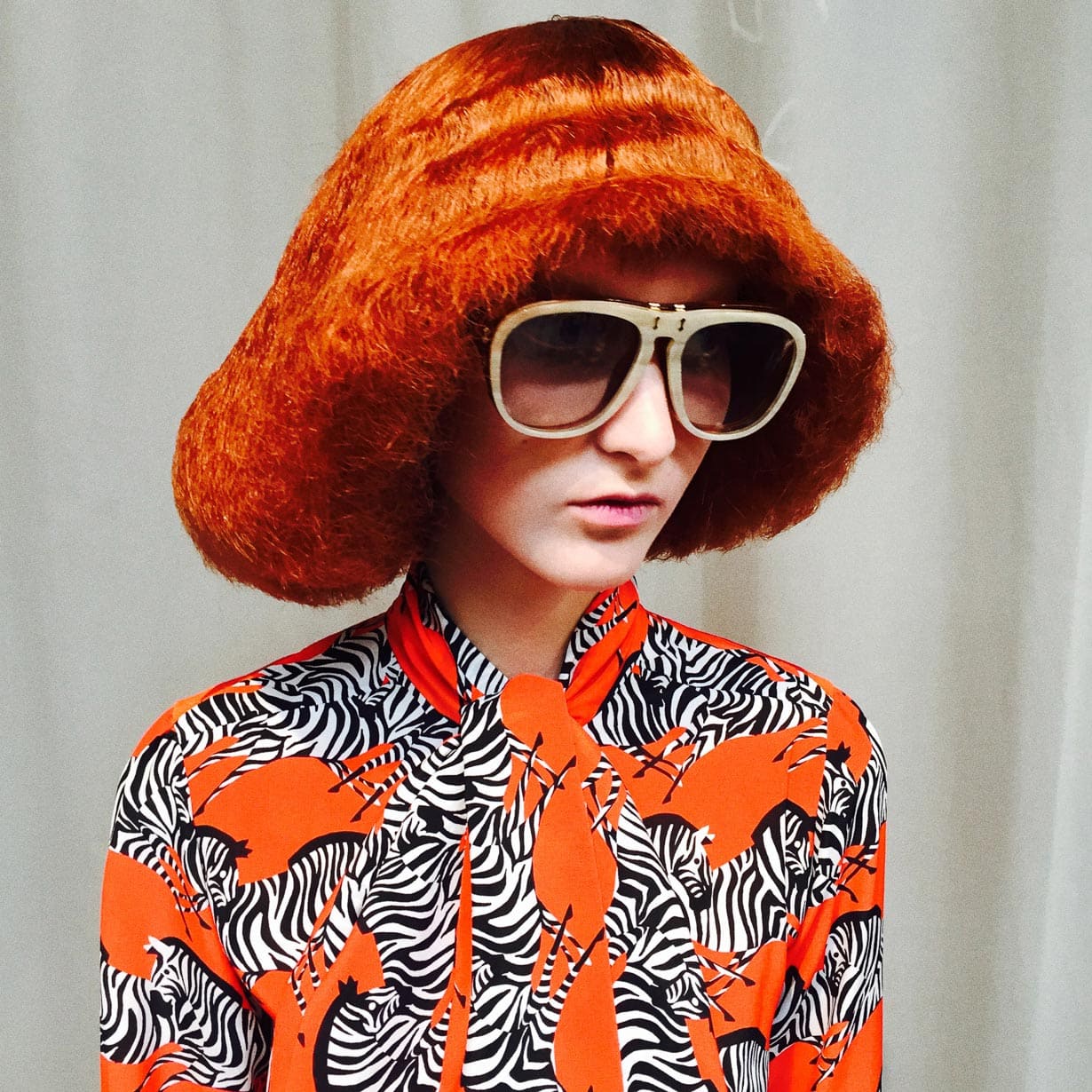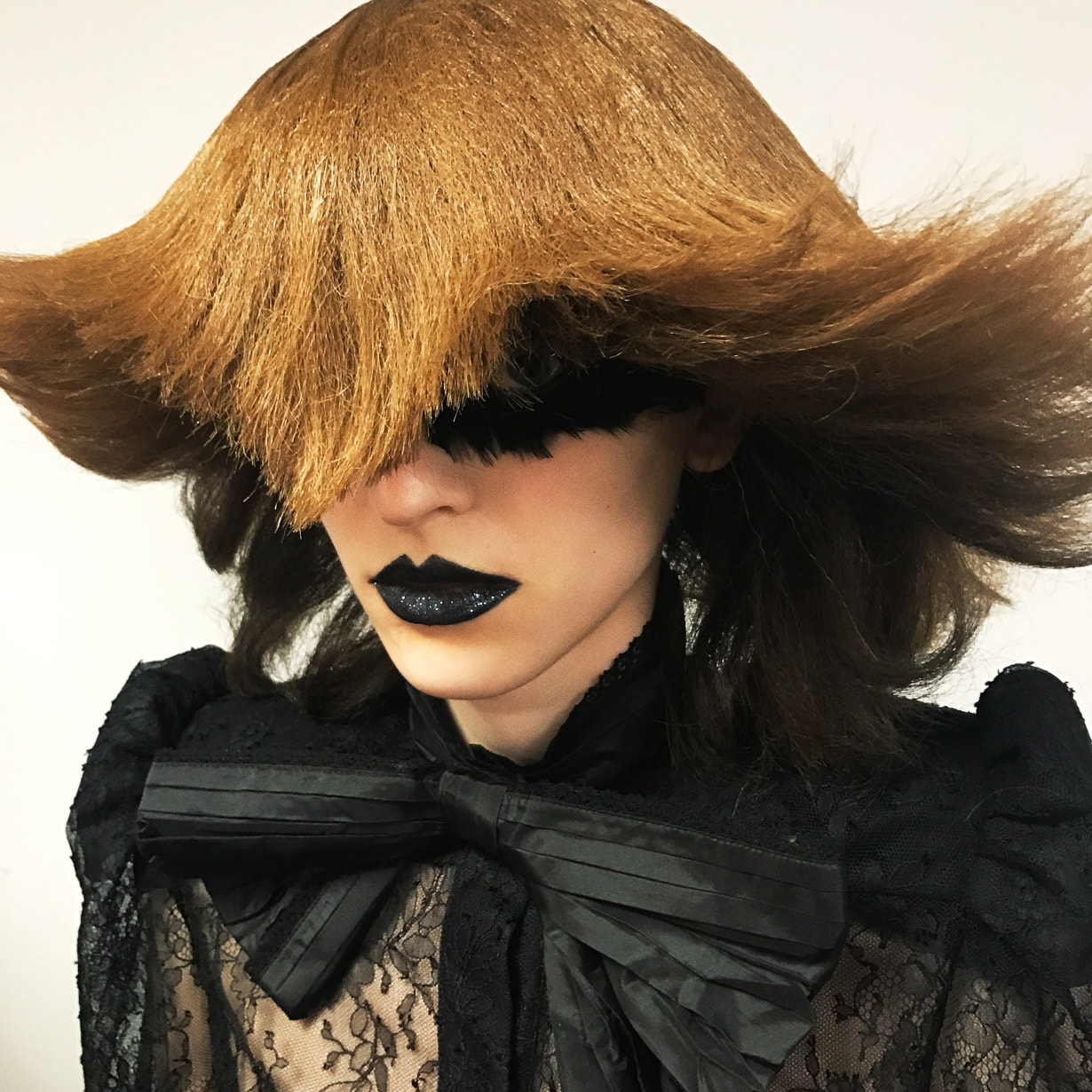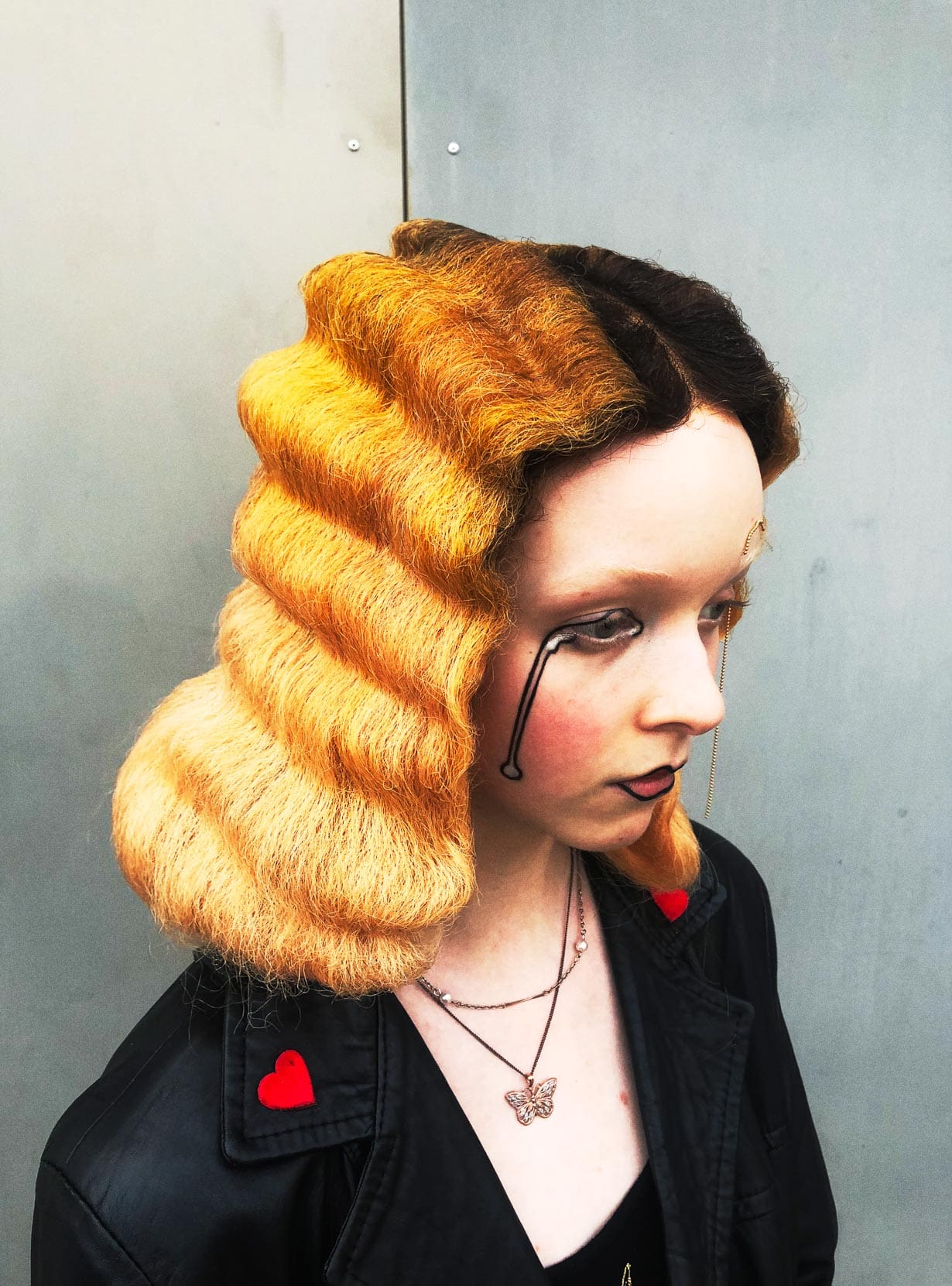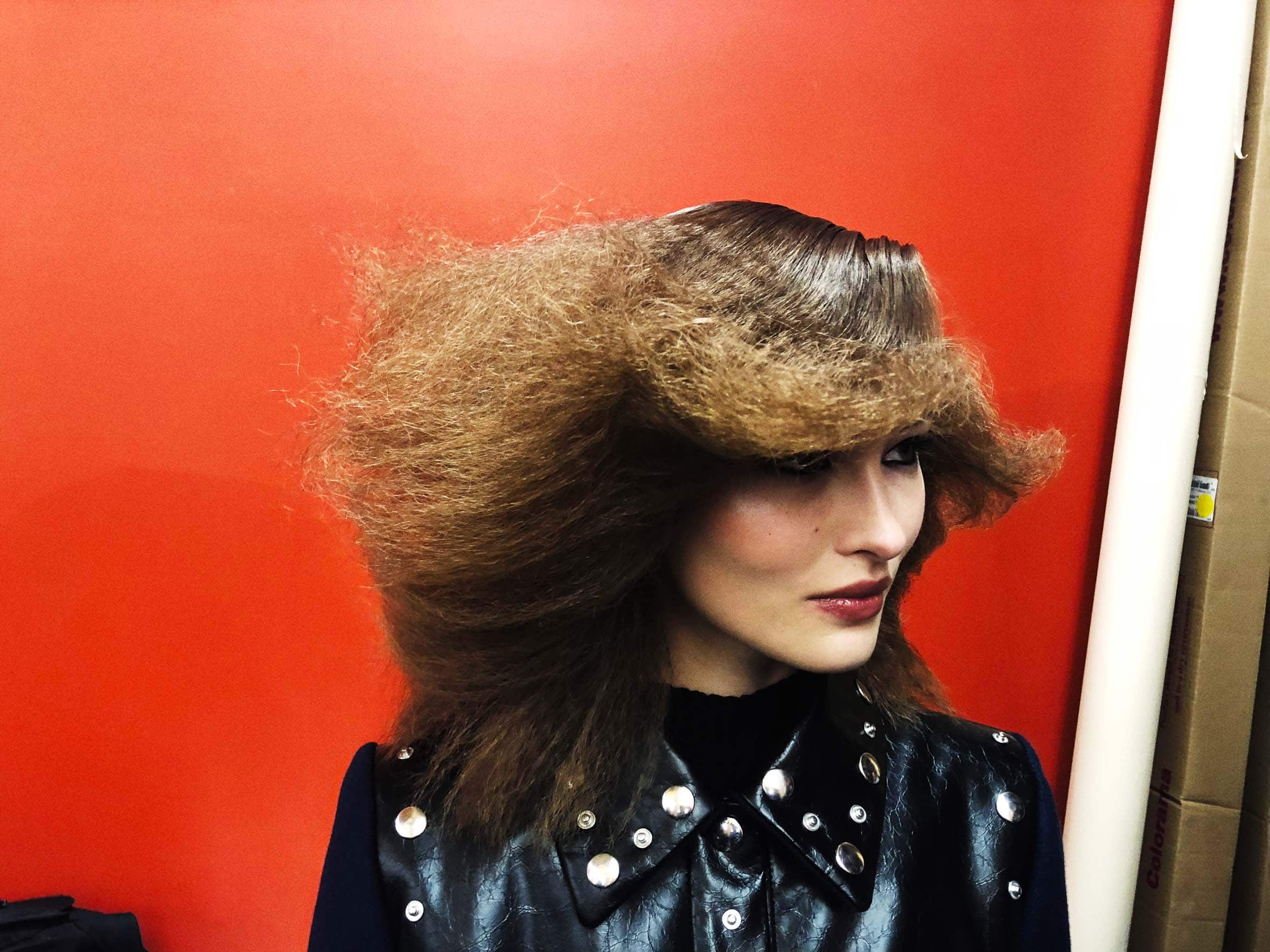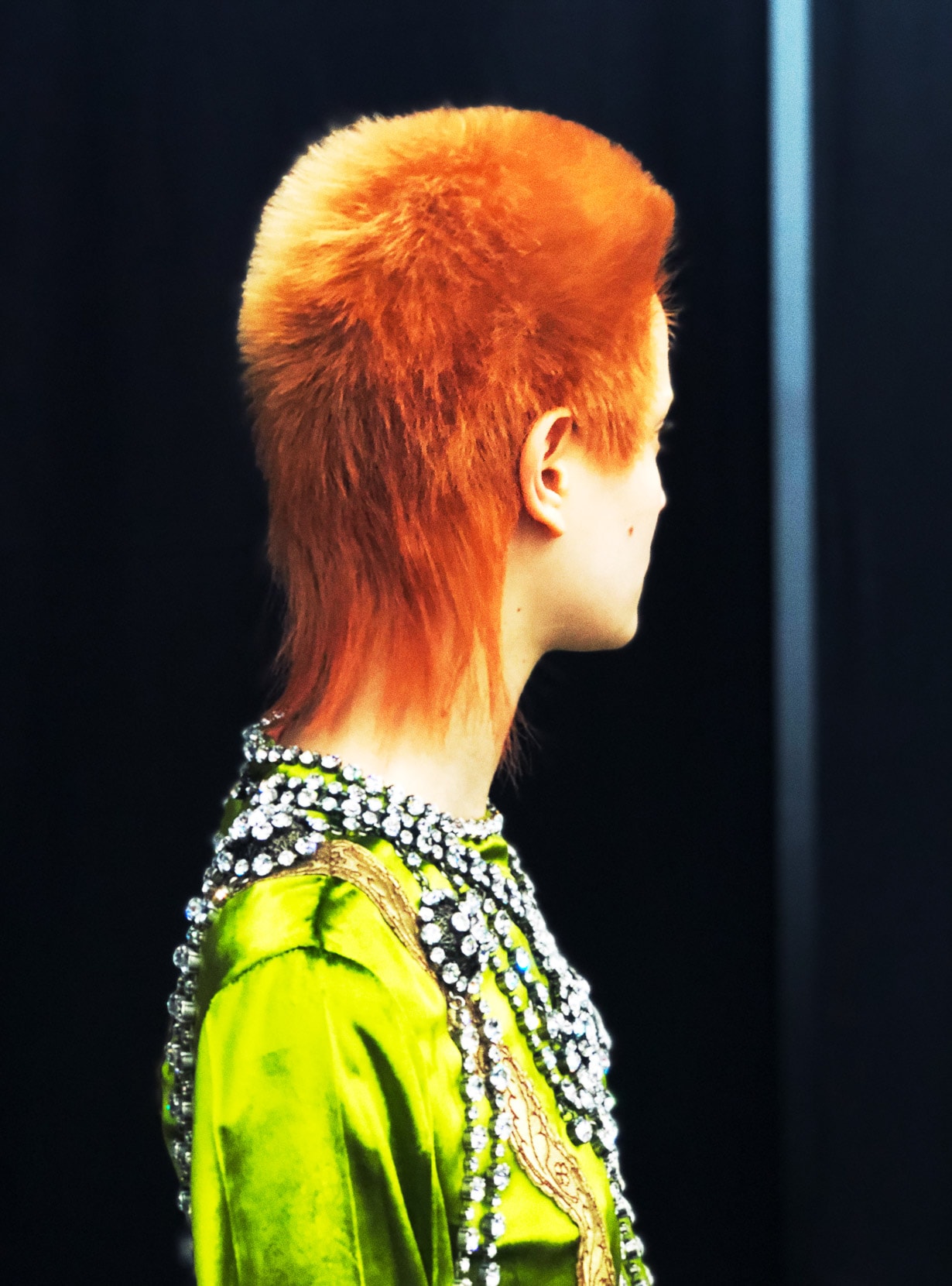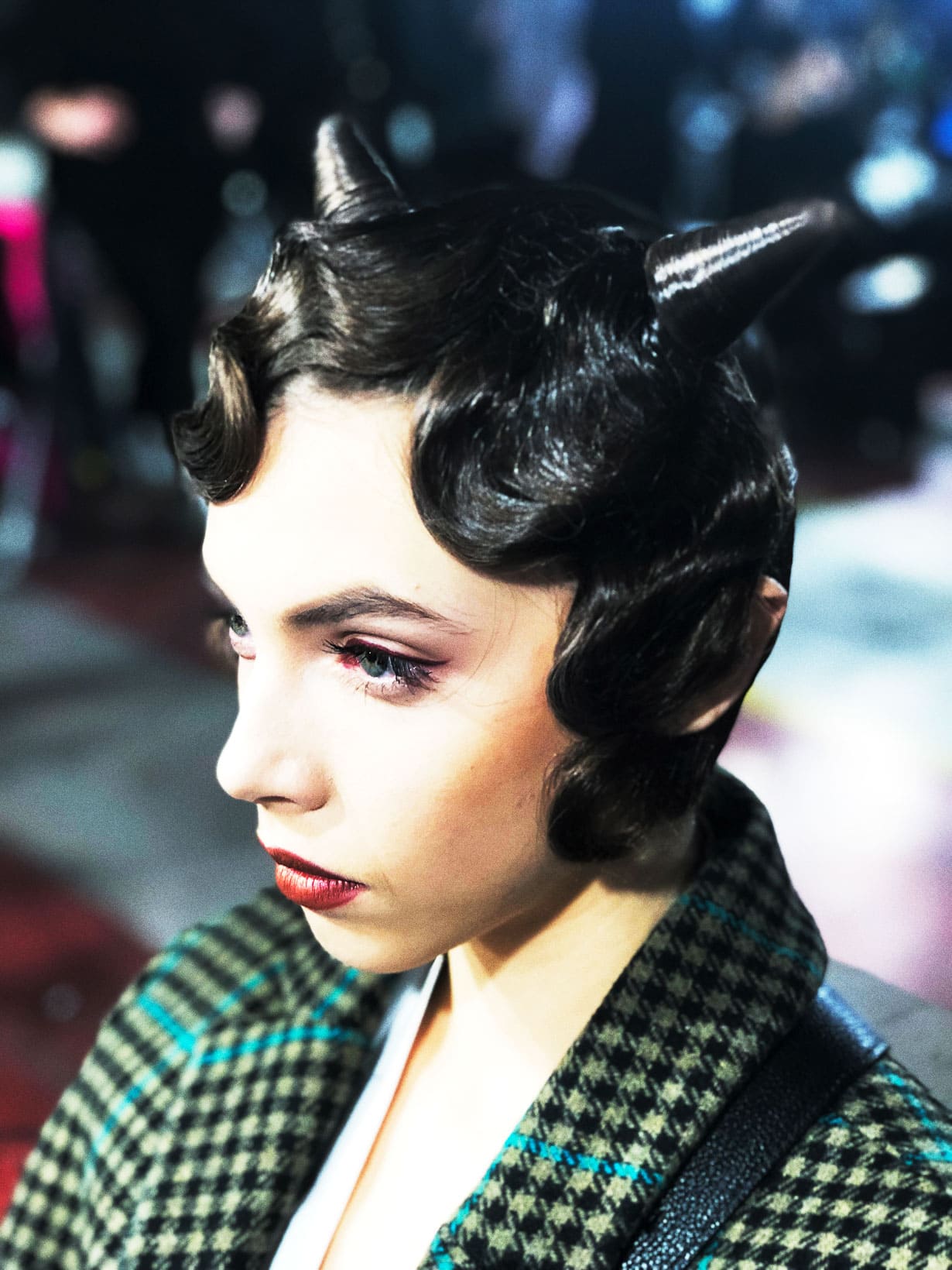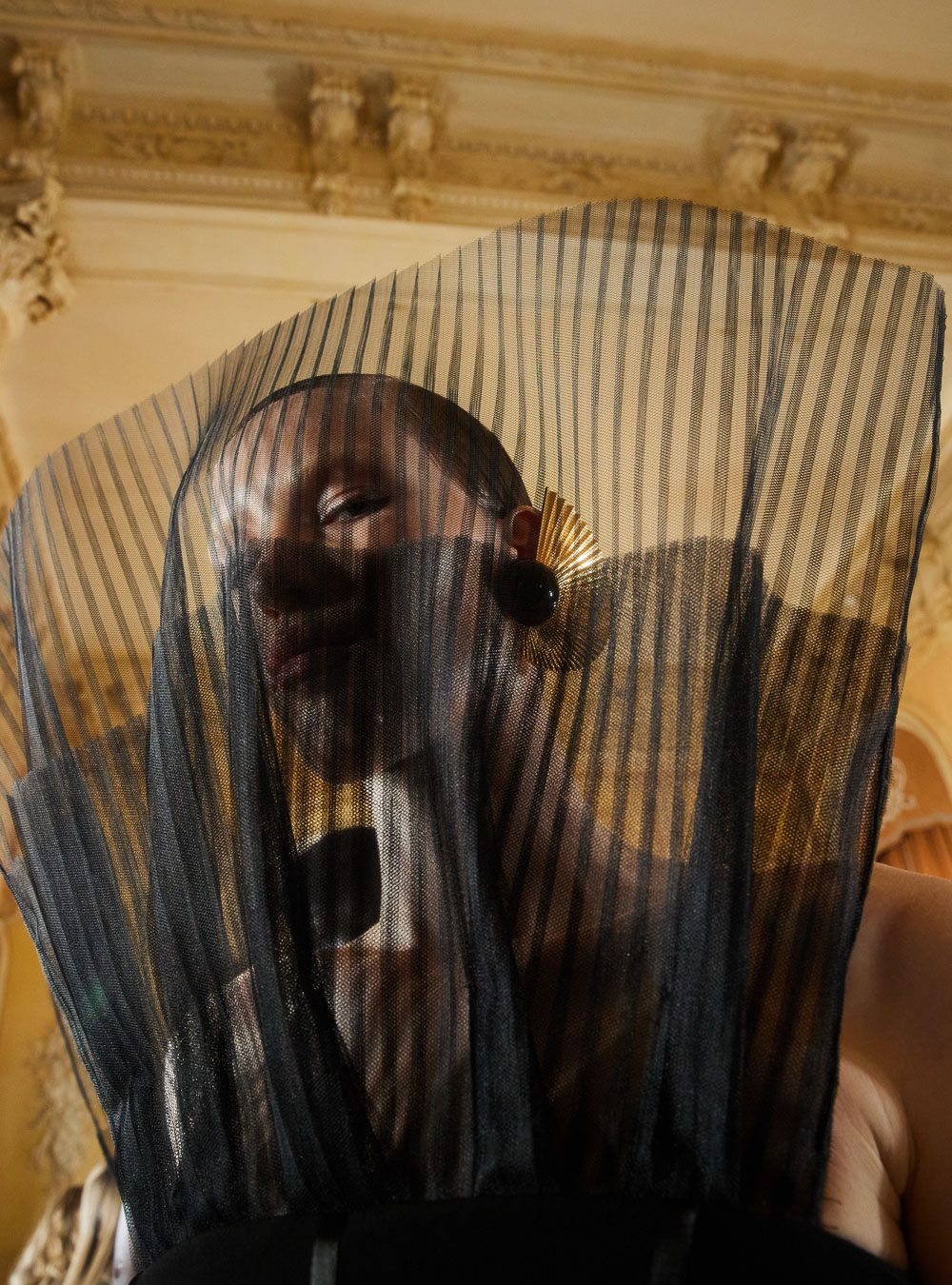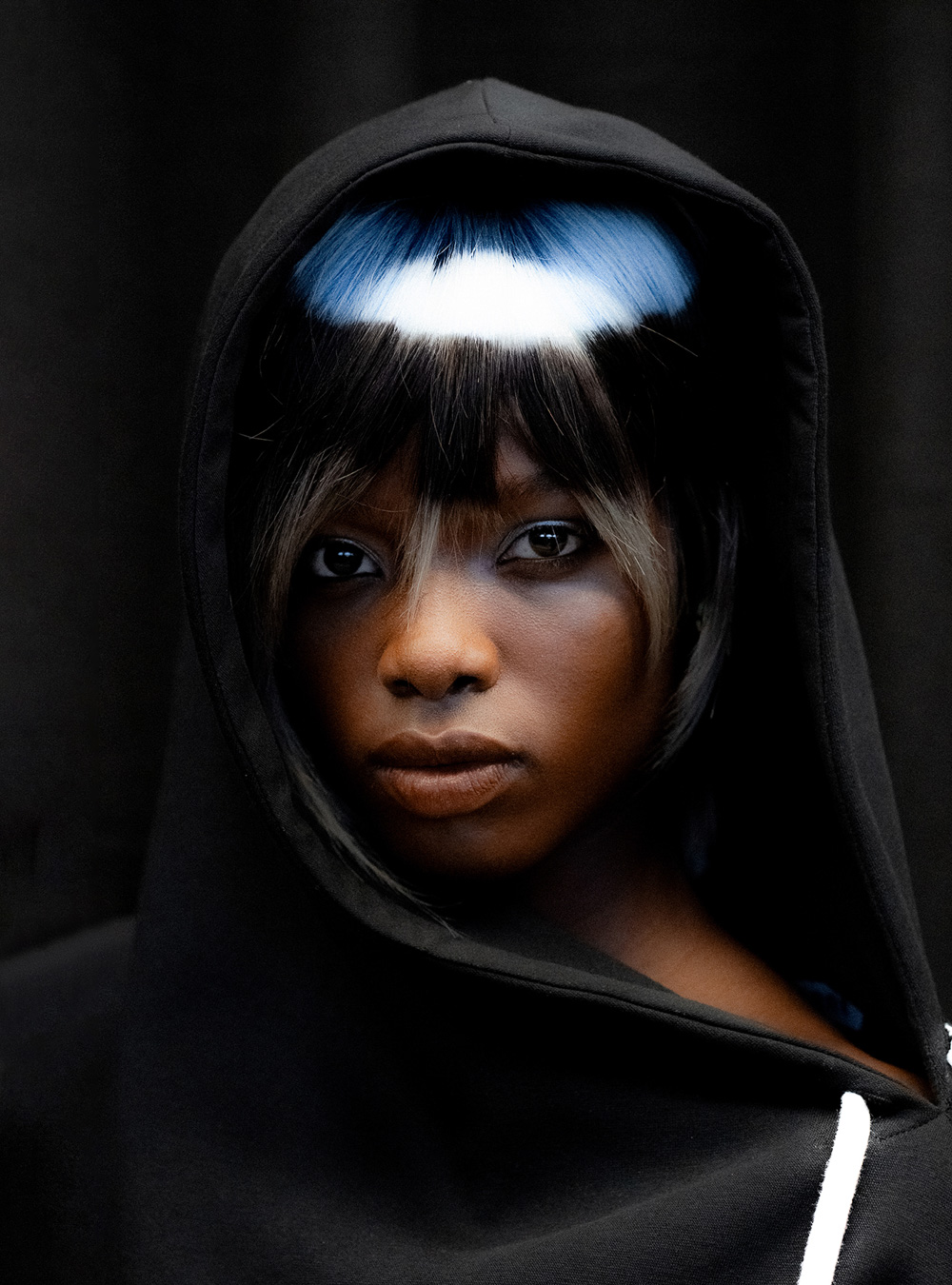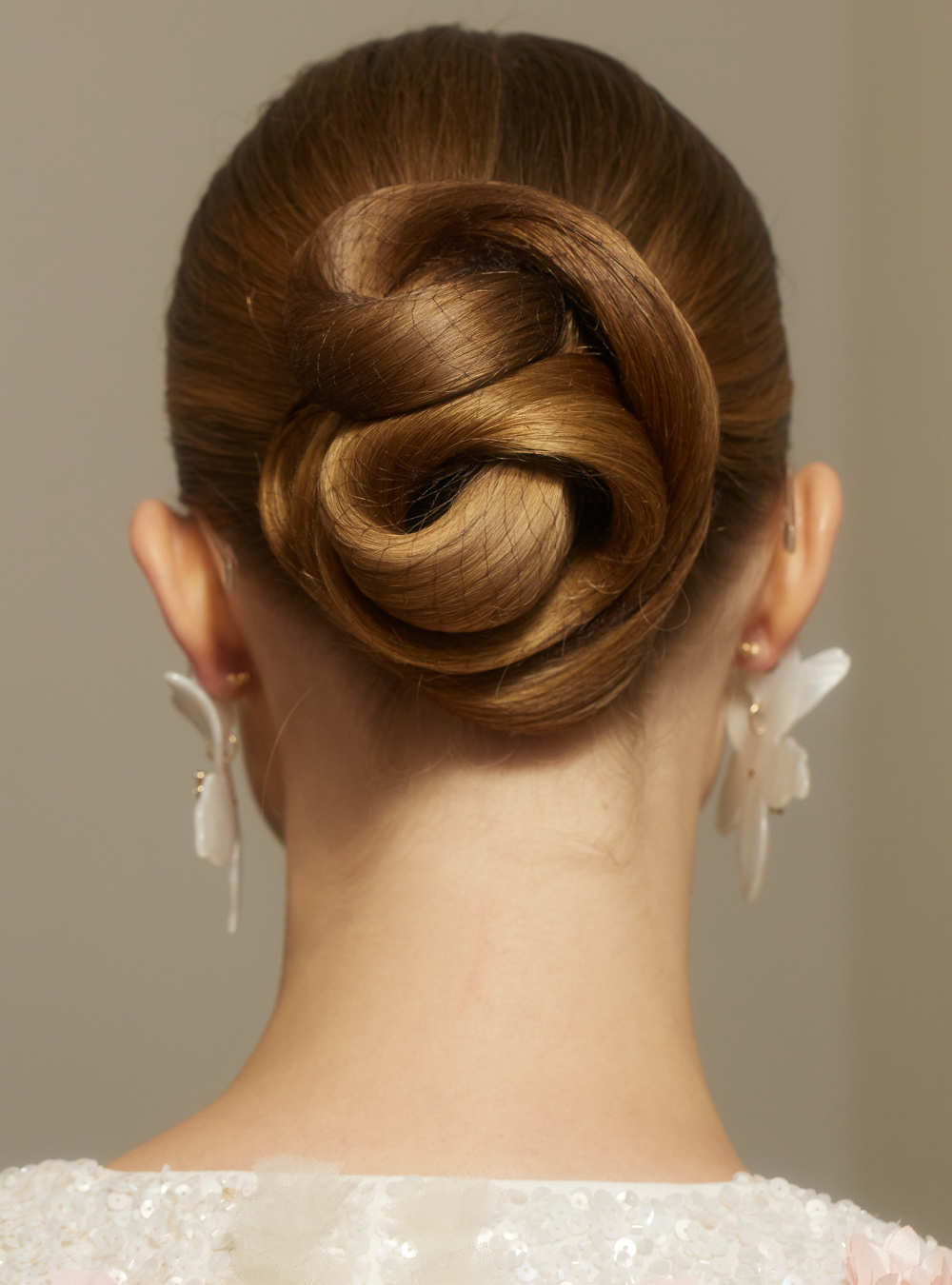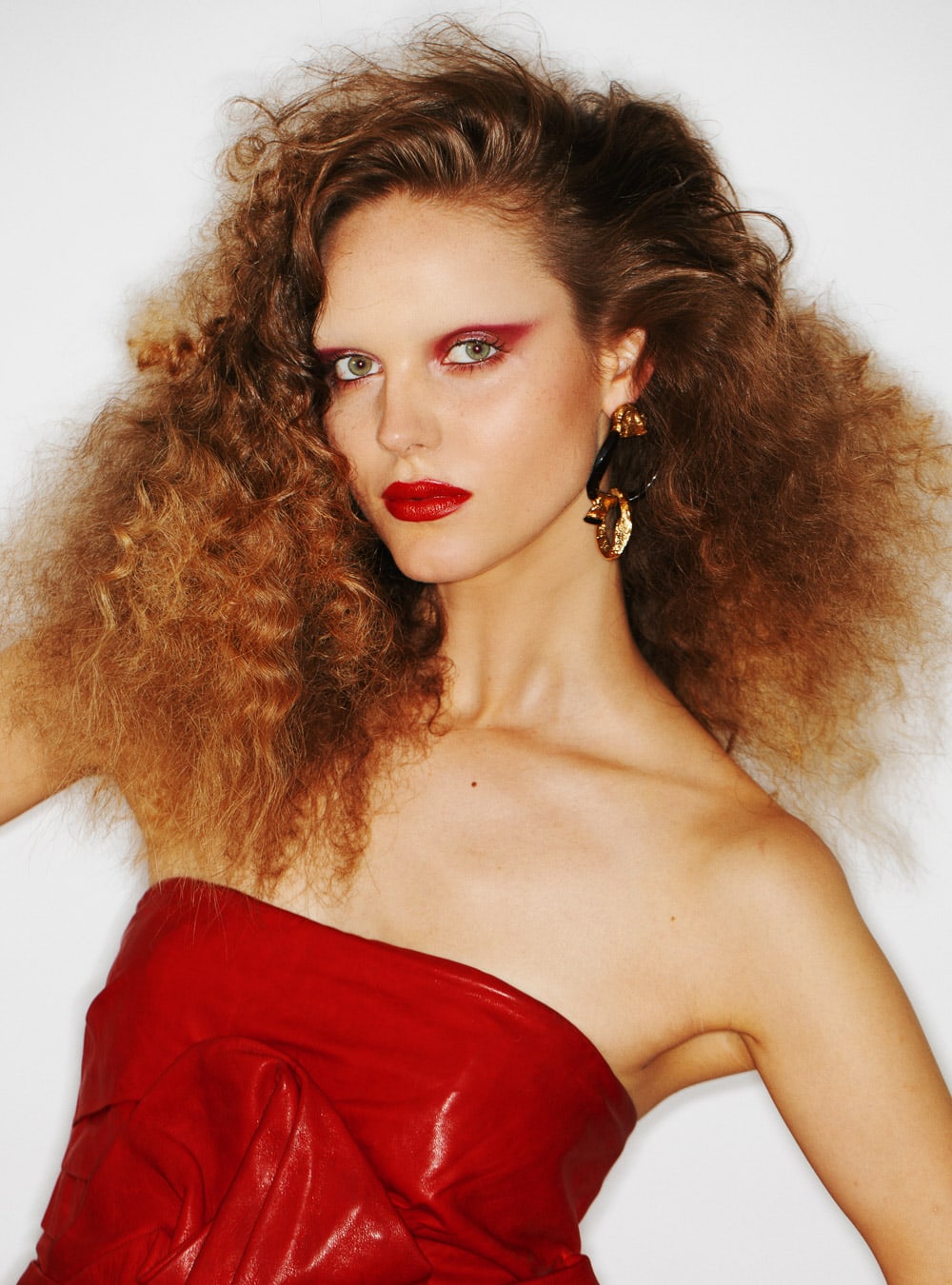- Paul Hanlon
- Paul Hanlon
- Paul Hanlon
PEOPLE: Paul Hanlon speaks to Anthony Mascolo about his love of Japanese culture, rejecting ‘safe’ hair and the importance of changing your mind
Images: Ronan Gallagher, Paul Hanlon
Interview: Anthony Mascolo
Known for his bold approach to hair, session stylist Paul Hanlon has an irrepressible enthusiasm for his work. “I just love hair,” he says, “I dream about it, I wake up thinking about it… I think I drive my wife and son crazy going on about it sometimes.”
Based in London, Hanlon has established himself as one of the industry’s most prolific talents, frequently working alongside the industry’s most renowned photographers, including David Sims, Mert & Marcus and Steven Klein. A firm fashion week favourite, he heads up shows for Calvin Klein, Moschino and Gucci. Despite his enviable client list, Hanlon remains refreshingly humble in his outlook, stressing the importance of not growing complacent when it comes to exploring new ideas. “I feel like, at the minute, a lot of people are a bit scared of hair, there’s a lot of ‘safe’ hair, which of course there is a place for,” he explains, “but we work in an industry in which you want people to feel excited, to stop and look at something and to have a reaction to it. It doesn’t matter if people like what I do or if they don’t, as long as they feel something.” Another necessity, he adds, is to be “really, really open to everything. “It’s so easy to say, ‘I don’t like this’ or ‘I love that’, but sometimes it’s in the bad things that you find the good.”
Hanlon’s studious approach to his craft could be attributed in part to his love of Japanese culture – he expresses a deep respect for the precision and diligence inherent in the Japanese approach to work. “Whatever they do, it’s always done with passion and pride,” he says. Recently, he and his wife took their young son to Japan for the summer. While there, Hanlon witnessed a geisha hairstylist demonstrate her craft, an experience which left him in awe. “She’s in her eighties and still working – no assistant, just her. It was just incredible to watch, I could have cried.”
Hanlon spoke to INFRINGE Editor-in-Chief Anthony Mascolo about his hair heroes, developing a ‘signature’, and why the industry needs fearlessness.
Anthony Mascolo: It goes without saying that your work is amazing, you’ve really taken what you do to the top level. Let’s start by you taking us back to the very beginning of your journey – how did you take your first steps into the hair world?
Paul Hanlon: I’m originally from Birmingham, and I wasn’t from a hairdressing family – my dad was in the diamond tool industry and my mum worked as a receptionist in this little old lady salon. After school, I’d go to the salon and wait for her to finish work. I’d be sitting there looking at the old dears under the dryers with their rollers in, and something about it just drew me in. I started working as a shampoo boy at a local salon, and then I got exposed to the wonderful world that you created with Toni & Guy. I got the opportunity to start there as an assistant, I remember in the reception there were all these tv screens playing fashion shows, like McQueen and Yohji Yamamoto… when I wasn’t washing someone’s hair I would sit there and watch them all, it really opened my eyes to this whole other world of hairdressing. There was the amazing Art Team, as well as a great art director – Bill Watson and I remember I got to work with you guys at some of the Salon Internationals. That was really the start of it, being shown this other side of salon work which was just really dynamic and spontaneous, everyone being backstage and cutting wigs, all this energy that I just loved…
AM: So how did it progress from there?
PH: I remember doing my vardering test, you’d present your ‘Classic Cuts’ and your ‘Free Expression’, which is normally just one or two models. I presented something like 15 – I was so into this really expressive hair. I decided one day that I had to move to London, it felt like the core of where everything was. At that time, in the 90s, you had all the magazines like The Face, i-D, Dazed & Confused, they were really good at giving new people opportunities. Even if it was just a page here and there, it felt like a door into the fashion world. I was lucky enough to meet Malcolm Edwards, who played a big part in ‘injecting’ me into the world of session, assisting him at London Fashion Week and going with him to Milan and Paris to work on the shows. All of a sudden I was thrown into this arena, and it just fed me. I couldn’t get enough. While I loved the salon and the clients, the session thing was just something else.
When I moved to London and started testing, I was fortunate enough to meet Katie Grand, the amazing stylist and editor of Love Magazine and Pop before that. She’s really incredible at giving new people opportunities – photographers, stylists, hairdressers, make-up artists… she really believes in the new generation. I owe a lot to her, for giving me the opportunity in magazines, but also, for giving me my first show! It was in Berlin for Hugo Boss, and it was the first time I’d ever headed a show. I was terrified, but I think that being thrown into that situation was also a really great experience. Having to find your hand as a hairdresser, it’s a craft, it’s like a signature – you put your name to something. Your hands tell a story. It takes a long time, I think it’s only through working with great teams of people that you sort of start to find it. That’s the beautiful thing about it, you go on this journey with photographers and stylists that you click with, and they bring something out in you, they push you, I especially find that with designers.
AM: We can see it in the work you’re doing, you’ve developed a really powerful signature. What are you up to at the moment?
PH: The biggest thing in my career at the moment is the Gucci work I’ve been doing with Alessandro Michele (Creative Director of Gucci). I worked with him on the very first show after he took over from Frida (Giannini), I remember going to Milan to meet him and I was so excited. I remember feeling, ‘this is going to be a real journey.’ Nowadays, there’s not that many collaborations between designers and hairdressers. You have Guido and McQueen, Eugene and Yohji, Julien and Comme des Garcons, I feel so lucky to have that relationship with a designer who really wants hair. I’m on this path with him where we can spend whole days preparing for a show. It’s not like, ‘let’s come up with one look and then 30 girls will have it.’ It’s 120 models and every girl has a different head of hair, and it can be anything from medieval to new romantic, punk, goth, anything.
AM: That really is refreshing to hear. I mean, I’m proud to be a hairdresser and I always have been. The same really comes across with you – the pride in what you do. You’ve previously spoken about your love of Japan – what is it about the culture there that draws you in?
PH: Firstly it’s because my wife is Japanese. We’ve got a four year old son together, he’s just started learning to speak Japanese too. There’s something about the culture that I’ve always been fascinated by. They take everything to another level of precision. When you see Japanese people working, whatever they do, it’s done with passion and pride. Witnessing the hair craft there, especially the geisha culture, it just blows my mind. On top of that, the youth there, they’re just completely fearless, they’re futuristic, dynamic… it’s that sense of fearlessness which I guess I feel like we’re missing a bit now. My hair hero is Guido Palau, hands down, always has been, always will be. I think because he’s open to everything. It’s so easy to say, ‘I don’t like this’ or ‘I love that’ but sometimes it’s in the bad things that you find the good.
I’ve learnt to try and be really open to everything. We’re constantly being bombarded with imagery, and you’re building up a catalogue in your head of the little things that stick with you. Like, seeing an old woman at a bus stop in Rome with pink hair and lots of clips in it. You’re constantly being thrown these things and storing them away. That’s why the internet is a bit of a killer, because you’re all looking at the same things. I like to hunt for images, looking through books, going out and finding an image that feels exclusive, so then when you take influence from it, it feels more special.
AM: When it comes to session work, do you find more satisfaction in doing shows or shoots?
PH: Both, although in the beginning, the control that comes with being in a studio felt more comfortable, because you’re in a more intimate kind of environment, with a team all striving to make the best image. I remember the interview you did with Sam McKnight, he said session work is all about collaboration and I completely agree. My dream was always to work with David Sims, he was my photographic idol, the work he and Guido did together is so prolific. It was incredible when it happened. Working with David on set, his approach is really organic, it taught me to work really quickly and intuitively, reacting to what I saw. During the six years I spent working with him I learnt so much about beauty and how about hair can be used to build a character, an identity. If you think, for example, about the Chelsea cut, worn by the skinhead girls in the 70s, without that extreme hair the look wouldn’t contain the same power, that sense of rebellion.
AM: You’ve already mentioned a few really memorable moments from your career so far, which would you say has been the most pivotal for you?
PH: I think a career high for me was working with Alexander McQueen, the hairs still stand up on the back of my neck when I think about it. It takes me back to being in that Toni & Guy salon in Birmingham, looking at all his shows and the amazing things he did with Guido.
AM: Finally, what advice would you give to someone who really wanted to be a session worker?
PH: Whatever you do, if you love it, it will come through. I still remember those first years, moving to London, getting on the tube with an old broken suitcase to go do tests, I just wanted it so badly. So I would say, just go for it, be experimental, and most importantly, be open to everything.
- ANTHROPOLOGY OF HAIR
- ANTHROPOLOGY OF HAIR
- ANTHROPOLOGY OF HAIR
- ANTHROPOLOGY OF HAIR
- ANTHROPOLOGY OF HAIR
